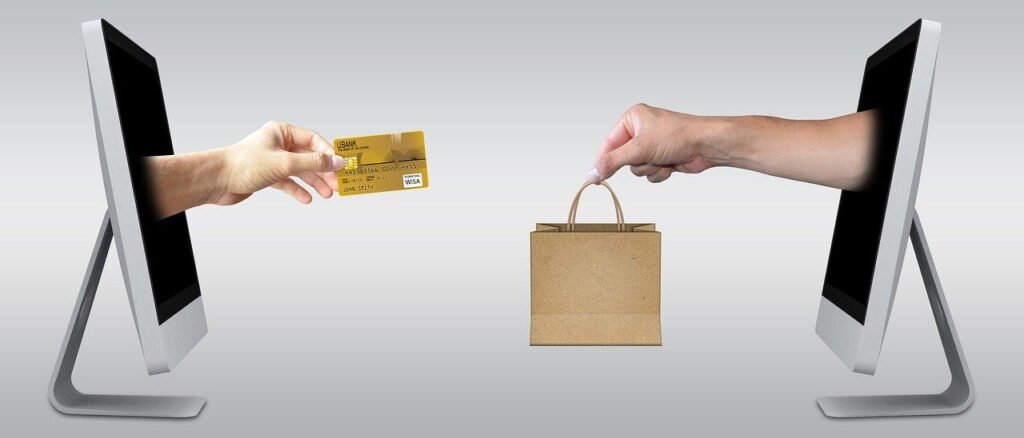
Source: Pixabay
One of the most important factors in any marketing strategy is the ability to measure the effectiveness of the marketing tool used. Sales promotion is a key aspect of marketing, which aims to use incentives and discounts to attract customers and develop loyal, mutually beneficial relationships. But how can sales promotion be used and how effective is it?
Sales promotion is used when the offering from one business is like that of a competitor. Online retailers of fast fashion often introduce discounts or special deals for certain customers to sway them over their rivals. For example, while fashion brand ASOS offers 10% off for new customers, PrettyLittleThing has been known to offer 30% off for students throughout Freshers Week, and Topshop often offers free delivery for students.
In the entertainment industry, sales promotions are rife. Most streaming services – Netflix to Hayu, Disney+ to NowTV – offer a free trial. The (usually) one month trial helps you find content you enjoy and works alongside the innate features of the platforms to convert you to being a loyal customer. Alongside the customization aspects of each platform’s interface and the promise of new content, sales promotions allow an audition of sorts before a customer commits to a subscription.
Sales promotions can also be found elsewhere in entertainment and in different ways. Free trials are the tip of the iceberg as marketing becomes increasingly creative. Another clever promotional marketing tool is offering free welcome bonuses, which the online casino industry does very well. Betting companies, such as William Hill, show with their welcome bonuses for new customers that it’s a successful marketing tool by the large customer base they have. By providing specific offers, customers are both able and incentivised to try the site. With many similar sites vying for customers, the one with the most striking and generous welcome bonus could be the one that customers try.
Sales promotion can also be used to suggest that customers do another action. For example, Travelodge offer 10% off a booking if you sign up to their email marketing list. This shows how the technique can be used not just to incentivise purchase, but to incentivise the relationship-building itself. Those on the email marketing list are more likely to stay on it (people rarely unsubscribe) and may even become regular customers.
Sometimes sales promotions are used as a treat for customers. This fosters goodwill and makes the customer feel favourably towards the brand. For instance, Hobbycraft offer £5 for your birthday apropos of nothing and no minimum spend. Similarly, Subway offers a free cookie for your birthday. This can work to warm you up towards the brand, while also dictating where you may spend money that you received for your birthday. Birthday-spending is a lucrative market to tap because they are likely to want to spend.

Source: Pixabay
The modern form of a sales promotion is a discount referral code, which 80% of marketers find effective. Influencers and those with large online audiences are often partnered with brands through referral schemes whereby they receive something for persuading people to sign up using their code. This can be effective to harness the power of large online followings, especially when the brand is related to what the influencer is known for e.g. beauty products or make-up.
Measuring the effectiveness of sales promotion achieved online means can be simple and can immediately paint a picture as to which customers spent money as a direct result. Many businesses issue codes for sales promotion and have a way to track if a particular sign up occurred due to seeing one of the promotions.
Sales promotions are one of the most effective methods in the marketing toolkit as they can be deployed quickly, and their effectiveness can be measured. While other methods take more time to develop longer-term relationships, sales promotions can gain loyalty and a sale at extraordinarily little cost – sometimes as cheap as offering free shipping.
